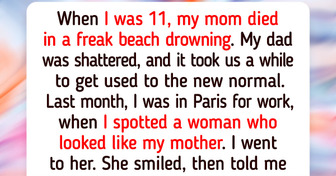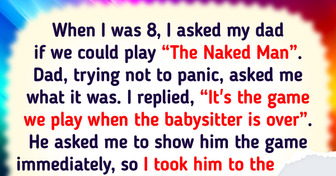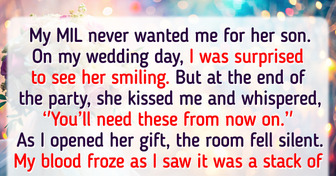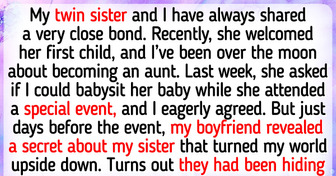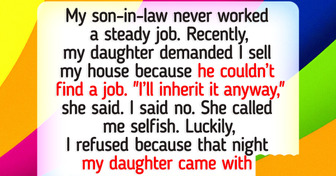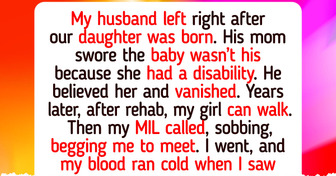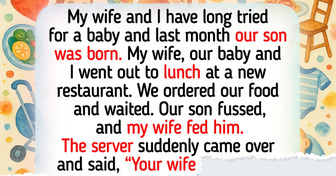12 People Share Tragic Memories of Growing Up Poor
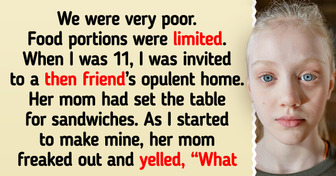
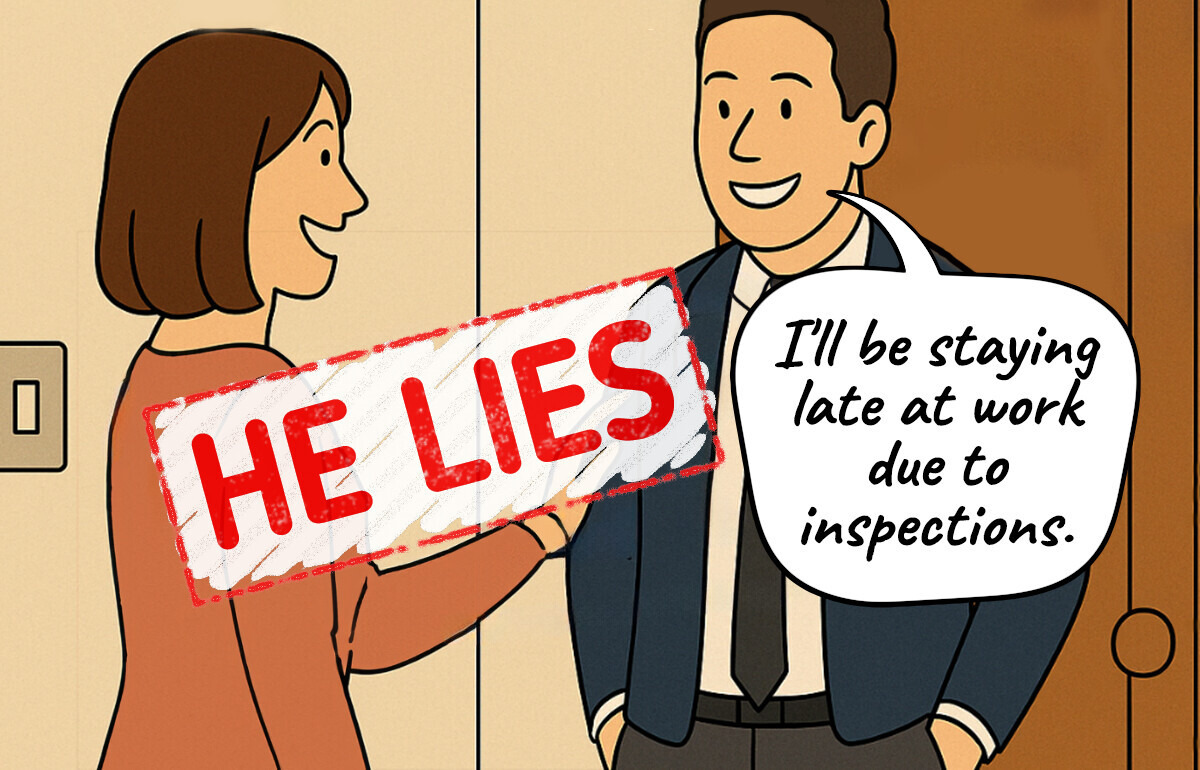
Body language is a mirror of our inner state. The movements, postures and gestures we often make unconsciously can tell a lot about how we feel. The body literally gives us away. This is why it is important to understand your regular reactions — it can help you to be more conscious and better control yourself in communication.

In movies and TV shows, twirling your hair is often portrayed as flirting. It is especially noticeable when a person looks at you. However, in another situation, for example, at a job interview, this gesture can be interpreted quite differently — as a signal of anxiety, excitement or awkwardness.
Neck rubbing is a common gesture in times of stress and insecurity. People do it unconsciously, especially men, trying to calm themselves down. This gesture is associated with activation of the vagus nerve, which helps to slow the heart rate and relax a little. Regular rubbing of the neck can indicate a tendency to be critical or anxious. It’s important to be able to notice these signals — they can tell you a lot about a person’s inner state, even if words say otherwise.
A smile can express many emotions, from joy and shyness to warmth and irony. The Duchenne smile has a special meaning — it is a natural expression of joy when the corners of the lips are lifted and the eyes are squinted, forming characteristic wrinkles. This smile is perceived as sincere, as opposed to a fake smile, which simply exposes the teeth.
It’s not in vain they say about “smiling with your eyes” — it is the look that can convey a real feeling. People with a real smile look more open and have a good disposition.
Tilting the head to the side is often perceived as a sign of attentiveness and sincere interest in another person. This gesture can also indicate deep concentration and an attempt to better understand what is being heard.

When a person keeps their hands in their pockets, it often signals inner tension, disinterest or a desire to hide their feelings. This gesture reduces the openness of communication and can cause mistrust. Psychologists emphasize that gestures enhance contact, while hidden hands make it less lively.
A gesture in which a person pulls their ear often signals an internal struggle with a choice. This behavior can be perceived as hesitation or uncertainty, especially if it’s clear that the person is not ready to make a decision right away.
When you involuntarily copy the gestures, postures or facial expressions of someone you are talking to, this is called mirroring or the chameleon effect. People tend to mirror those they like, and this in turn increases the sense of rapport. The chameleon effect helps establish bonds and build trust. In professions like counselling or sales, it’s consciously used to improve communication and build relationships.
A firm handshake is more common in extroverted people who are not shy and open to new things. Men in general shake hands more firmly than women. Among women, a stronger handshake is associated with openness and intelligence, while among men the opposite trend was observed: open-minded men shook hands slightly weaker and made less of an impression.
Laughing together is a strong signal of sympathy, openness, and bonding. Even the not-so-funniest joke can bring people closer together if they laugh together.
“For people who are laughing together, shared laughter signals that they see the world in the same way, and it momentarily boosts their sense of connection,” says social psychologist Sara Algoe. Laughter is the universal language of trust.
To establish trust and create comfort in conversation, it’s important to look the other person in the eye. With strangers, it’s worth holding the gaze for about 3 seconds — this is enough to avoid causing tension. As you get closer, eye contact becomes more natural and can last longer.
And here are more ways to read other people’s body language.



